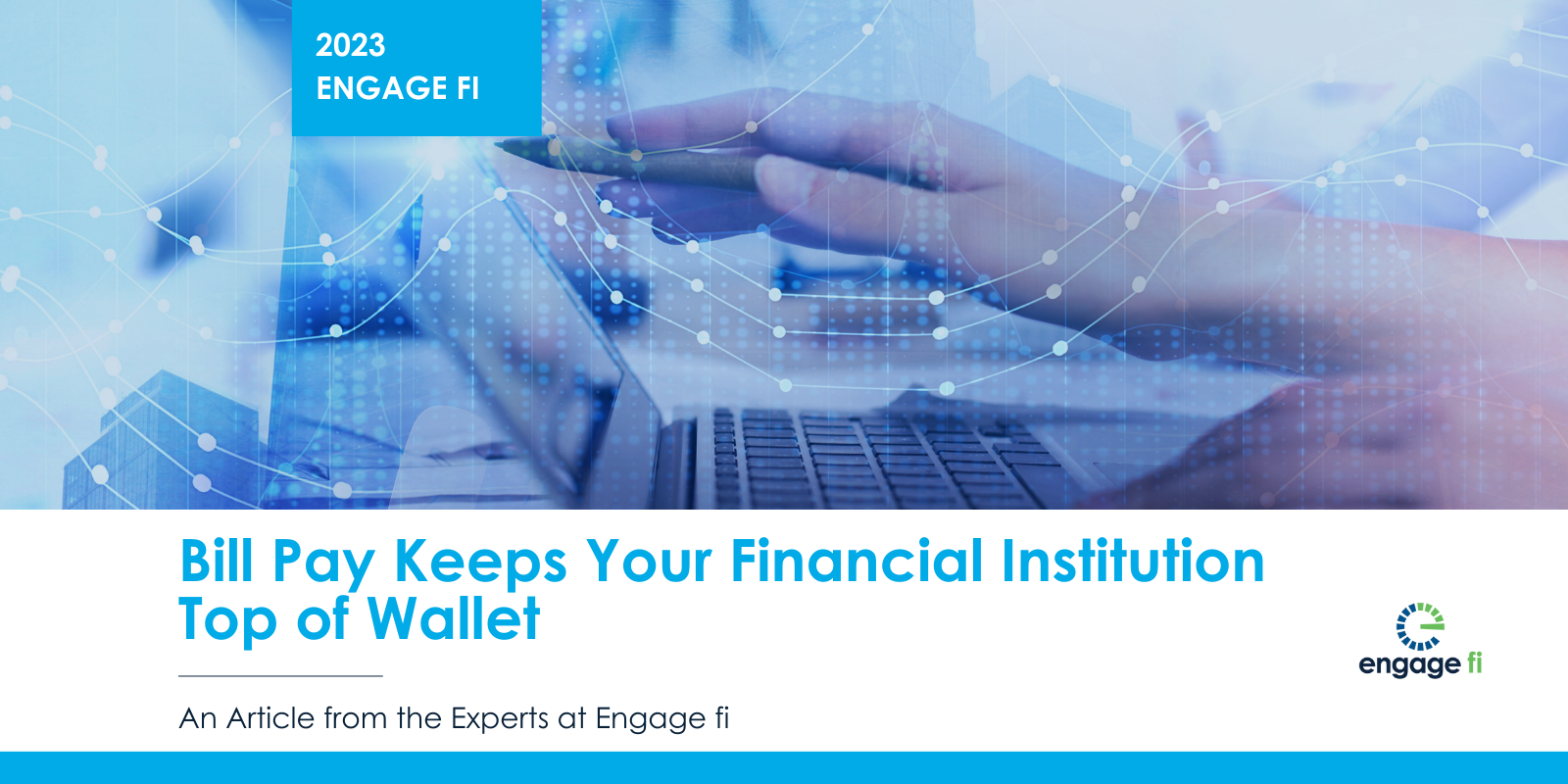5 Areas a Financial Institution Should Review When Considering a Merger or Acquisition
Now might be the best time to consider a merger or acquisition (M&A) despite the uncertain environment. Technology is changing the way we bank daily,...
Navigate this high stakes process with precision.
A solution delivering fast, efficient, and accurate core data.
Digital solutions to grow, scale, and outperform.
Reliable, efficient, and integrated core platforms deliver results.
Select modern communications channels to integrate with core and digital solutions.
Strategic Planning
Support services for the strategic planning process at every level.
M&A Planning
Realize the key value drivers resulting from your merger or acquisition.
Performance Benchmarking
Tailored metrics and benchmarks designed to assess relationships.
Organizational Efficiency
Enhance efficiency across branches, digital channels, and contact centers.
A digital library of industry news, analysis, best practices, and thought leadership tailored to the challenges and opportunities faced by financial institutions.
Our in-depth analysis of conversion strategies, M&A activity, and the evolving landscape of financial services.
A podcast channel for the time-constrained banking professional delivering sharp insights on fintech, strategy, and leadership to help you stay ahead in a fast-changing financial world.
For 360fi Workflow clients only. Sign in to access the workflow library and other guides, forms, and tutorials.

Virginia Heyburn
Director – Research, Insights & Advocacy
Engage fi (Formerly CU Engage)
Open Banking is the most consequential technology innovation in financial services in the last 30 years, enabling financial institutions to create new revenue opportunities and reach new markets. Today’s consumers and businesses are demanding seamless management of their financial experiences and expect the benefits of personalized digital services. If community financial institutions are to remain relevant and sound in the future, they will need to offer better user experiences and diversify their revenue streams.
Open banking is the next generation set of technologies that enables the kind of change the future demands.
Open banking is a business strategy for the future. As the financial industry transforms into a platform economy, open banking opens doors for community financial institutions to create new ways of acquiring and expanding relationships with their customers and members. Additionally, it creates an opportunity to reach new customers and members outside geographic boundaries.
Since open banking is all about the users of banking services, it should be defined as such – A set of technologies that give consumers the experiences and the tools they need to enhance their financial lives.
Additionally, open banking allows financial institutions to expand their services to their existing customers and members who are increasingly more discerning and want more from their bank or credit union. This is called embedded fintech.
For decades, community financial institutions have used innovation models centered around products, i.e., deposits, loans, and payments. It’s time to innovate around both products and the consumer experience faster than ever before. Everything that’s available in a branch, over the phone, or online must also be available on the mobile device of choice. Open banking is foundational to mobile innovation.
A recent Finastra survey showed most U.S. financial institutions consider open banking essential, with 56 percent saying it’s a must-have. That’s up from 45 percent in 2021. It was also reported that 100 percent of those who have already integrated open banking say there has been a significant impact on their organization.
Whether or not you change your core system will depend on the core you have and what you want to accomplish. In embedded finance, the fintech partners own the experience. Can your core support interoperability with the fintech? In embedded fintech, the financial institution owns the experience. Can your core and digital channel solutions support interoperability with the fintech?
A readiness assessment is essential, and you will have to dig deep and drill into whether these systems will be fintech-ready going forward. Evaluate both your core and your digital banking systems.
Open banking is introducing much-needed change to the financial services industry, giving financial institutions the building blocks to craft digital experiences that match the needs and wants of today’s consumers and businesses. We will see more technology innovation in the next five years than we have seen in the last 30 years, and as seasoned consultants, we are excited to be a part of this exciting change on behalf of our clients.
Over a 25-year career, Virginia Heyburn has been at the forefront of advising technology companies on innovation opportunities to solve complex banking problems and to improve the customer experience. In parallel, Virginia has served as a strategic advisor to financial institutions, helping them create essential distinction through rapid adaption to industry and consumer trends, business drivers, and technology change.
To schedule a time to speak with Virginia or one of our other consultants about your financial institution’s open banking strategies, please call us at (844) 415-7962 or click here to book a call online.

Now might be the best time to consider a merger or acquisition (M&A) despite the uncertain environment. Technology is changing the way we bank daily,...
What was deemed a novelty a short time ago has morphed into a significant innovation in the financial industry—and it is here to stay. As reported in

Bill Pay Keeps Your Credit Union Top of Wallet and Top of Mind with Millennial and Gen Z Consumers Making up 55% of the U.S. population, millennial...